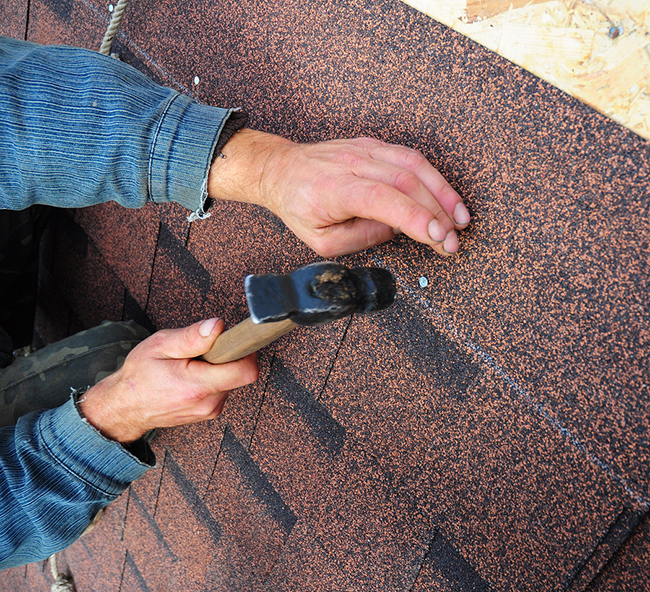Insulating and Venting Your New Roof

Understanding your home’s ventilation may not top your list of maintenance concerns. But it is extremely important you are at least aware of how your attic insulation functions and why it is so important for your home.
Good roof ventilation reduces cooling bills, extends shingle life, and prevents roof rot and ice dams in winter. Both roof and soffit vents will protect your house from expensive future repairs by a roofing contractor. And, while it sounds simple, it is not. There are various venting options, as well as the option to not vent. The choice of venting or not venting is a design and construction choice, not a requirement determined by the physics or by the building code.
Yes, it sounds confusing. Let us break it down for you.
Advantages of Ventilation
The installation of roof vents is a crucial part of roof design because it allows for proper attic ventilation, which may help prevent condensation and early aging of your roofing materials.
Proper attic ventilation offers numerous advantages to the homeowner:
- Moderating temperatures in the attic also maintains the temperature in the rest of the home
- It prevents moisture buildup in your attic. Especially during winter months. Cold temperatures create condensation. That can harm insulation and other materials.
- It promotes energy efficiency. Preventing excess heat buildup can lower your heating costs.
- It helps protect the life of the roofing materials (condensation is a leading cause of damage to roofing materials, such as asphalt roofing shingles).
- It helps you remain compliant with most local building codes, which often require proper attic ventilation in homes.
Attic and Roof Vents
Condensation is an issue easily overlooked. It is a particular concern during winter and summer months. But, proper attic ventilation can prevent it. Warm, moist air creeping into the attic hit cooler surfaces and cause condensation. Lights, pipes, vents, and other penetrations piercing the attic floor can intensify the effect. Proper ventilation can mediate this. Cooler, less humid air from outside can be drawn in from soffit vents placed on the roof’s lower portion will pull in cooler, less humid air from outside and replace the warmer, moist air that may have infiltrated into the attic.
Unvented Roof
Unvented attics rely on an air-impermeable insulation installed to the roof deck’s underside or the attic ceiling to stop airborne moisture from reaching a cold surface and condensing inside the building envelope. In this design, insulation effectively separates the interior and exterior spaces while slowing down moisture flow so the dew point is not achieved within the building envelope. The two products most often used in an unvented attic assembly are medium- and low-density sprayed polyurethane foam (SPF).
Ventilation is important to many different aspects of the home. This includes the life expectancy of the roof, the performance of the heating and air conditioning system and the comfort of those who live in it.
If you are concerned about your ventilation, contact the team at All-Nu Construction. We are roofing experts. Let us help you make the best choice for your home.

